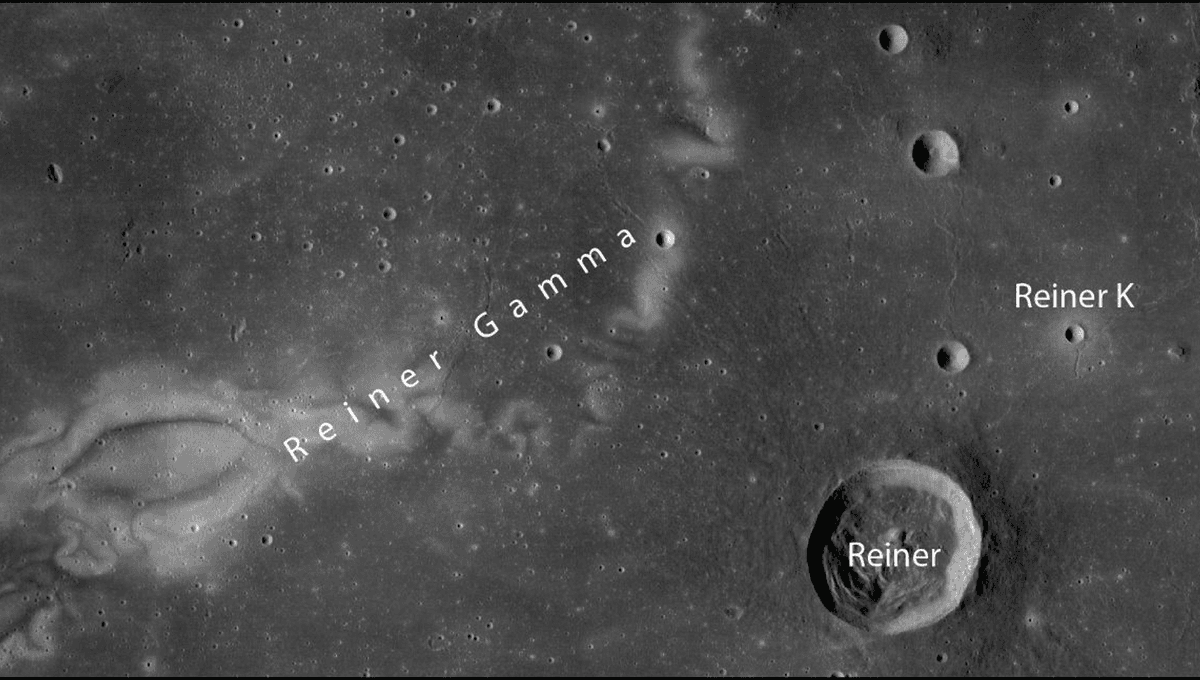
Planetary scientists studying lunar rocks might have discovered some boulders behaving oddly. While studying some cracked boulders, they noticed that some were different from others. They believe some boulders are attracting only certain types of lunar dust, potentially due to magnetic properties.
Dust on Earth is certainly not pleasant, but it is certainly better than the dust you get on the Moon. The layer of loose soil on top of the lunar surface is not powdery at all – without elements to smooth them, dust particles are jagged. Also, they are electrically charged. The combination was a problem for the astronauts that landed on the Moon.
The dust interacts with boulders too. The team investigated boulders of about a meter (3 feet) across in images taken by NASA’s Lunar Reconnaissance Orbiter. Using artificial intelligence, they looked through about one million images for fractured rocks, finding 130,000. Half of them were then checked by the scientists. One boulder stood out in the Reiner Gamma Region.
“We recognized a boulder with distinctive dark areas on just one image. This rock was very different from all the others, as it scatters less light back towards the sun than other rocks. We suspect that this is due to the particular dust structure, such as the density and grain size of the dust,” lead author Ottaviano Rüsch, from the University of Münster, said in a statement.
“Normally, lunar dust is very porous and reflects a lot of light back in the direction of illumination. However, when the dust is compacted, the overall brightness usually increases. This is not the case with the observed dust-covered rocks,” added co-author Marcel Hess from TU Dortmund University.
The crucial finding is that a very small number of boulders on the Moon have a layer of dust that reflects light weirdly, but what makes these rocks special is unclear. Due to the electrostatic properties of the dust, magnetism is being touted as a possible explanation: The dust might be lifted by interactions with the solar wind and end up on the boulders.
The team plans to study these rocks further, proposing potential ways for how the selective dusting happens. Understanding the presence of these rocks and the way they interact with the lunar regolith (the moon soil) helps scientists work out what are the processes that form and change the lunar crust.
The results of the study have been published in the Journal of Geophysical Research – Planets.
Source Link: Moon Rocks Covered In Curious Dust Discovered In Gamma Swirl Region